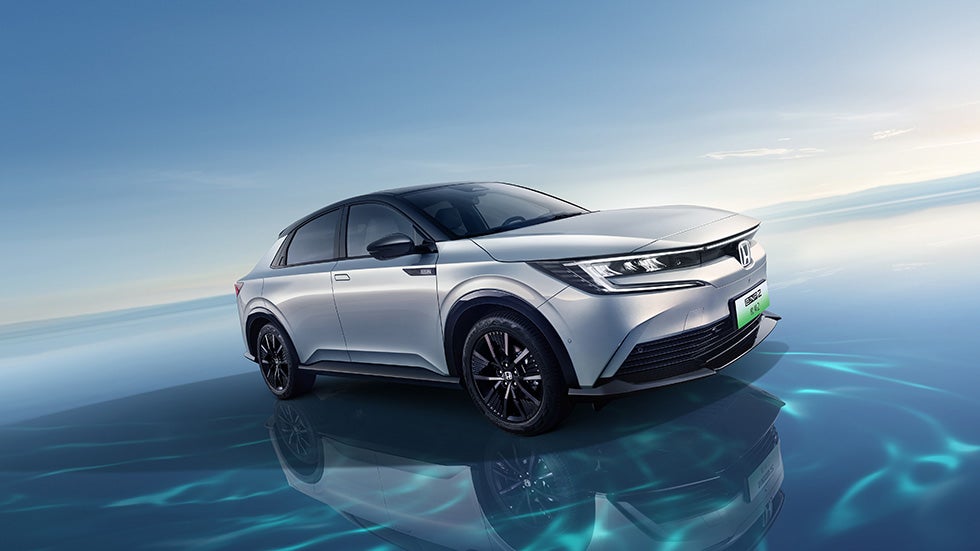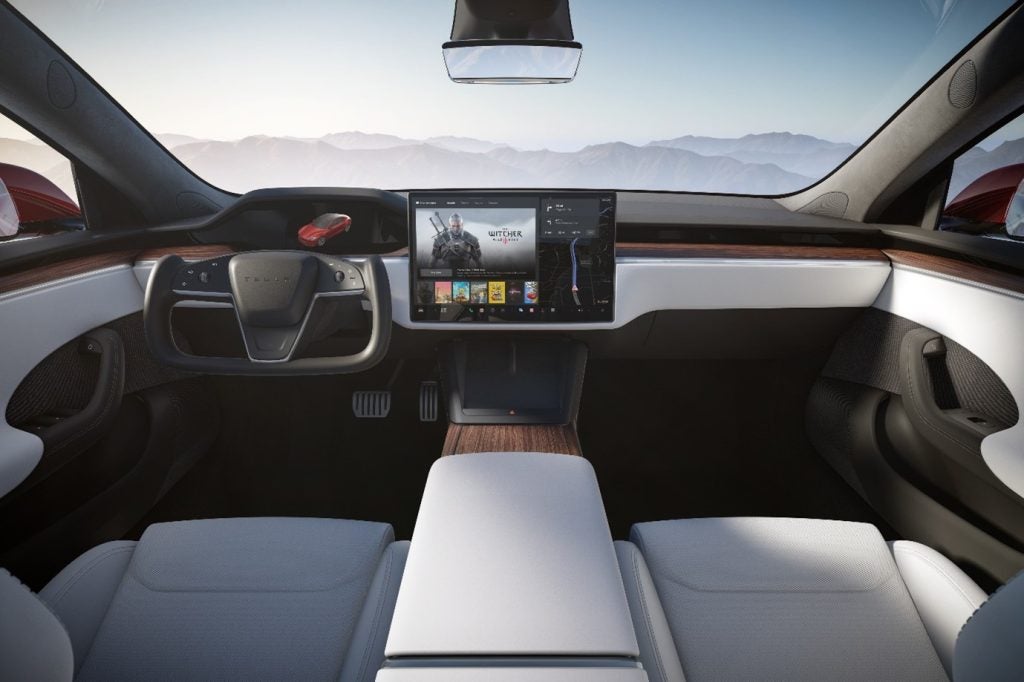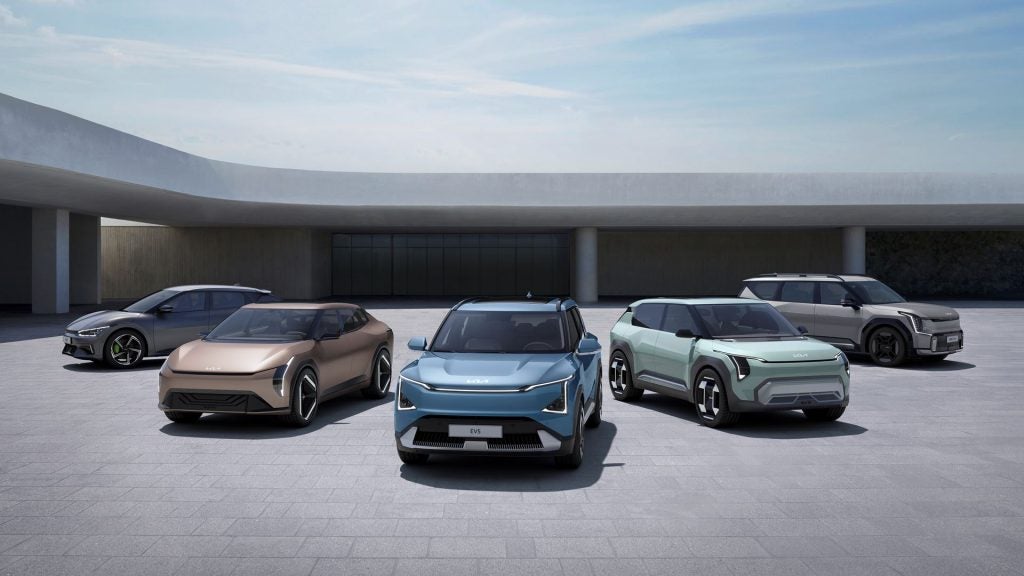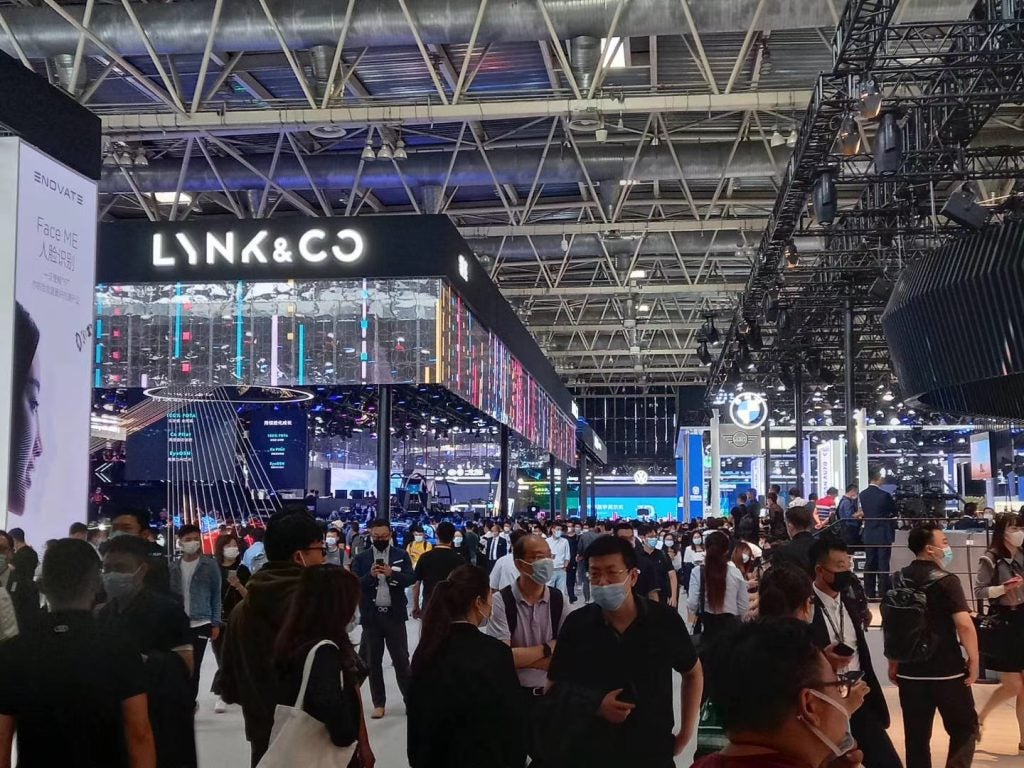The dust has settled on an impressive Shanghai Auto Show. But Chinese auto makers still can’t resist copying foreign designs in their scramble to meet growing domestic demand, writes Mark Bursa
Now that the dust has settled on a busy and dramatic Shanghai Motor Show, the state of the Chinese market has become clearer.
The increased numbers of Chinese auto makers in attendance, and the expanded model ranges on display, is clear evidence of how far the Chinese Government has shifted its approach to the car industry in recent years. Not long ago, the national policy was one of consolidation, with three or four massive automakers earmarked to swallow up the smaller, less competitive competitors, and focusing their efforts on developing joint ventures with foreign car makers.
While consolidation is still encouraged, and foreign brands are demanded by wealthier Chinese car buyers, China has also allowed a parallel approach to the market to develop, allowing new, entrepreneurial Chinese companies to flourish, usually without overseas partners. This has left the car industry open to something close to free market forces as a growing array of independent Chinese brands compete to build a market presence.
Companies such as Chery, Geely, Great Wall, Zhongxing, Changfeng, BYD, Brilliance Jinbei, Hafei and ChangAn are small companies compared to industry giants such as Shanghai Automotive, FAW and Dongfeng Motor – but they are lean and nimble compared to those vertically integrated state-owned monoliths.
How well do you really know your competitors?
Access the most comprehensive Company Profiles on the market, powered by GlobalData. Save hours of research. Gain competitive edge.

Thank you!
Your download email will arrive shortly
Not ready to buy yet? Download a free sample
We are confident about the unique quality of our Company Profiles. However, we want you to make the most beneficial decision for your business, so we offer a free sample that you can download by submitting the below form
By GlobalDataThey are fuelled by strong demand for cheaper cars and backed by ambitious regional governments keen to bring industry and investment to their areas. But their rapid rise is still causing problems. Cars developed hastily for local consumption are being touted as potential export vehicles. And in the efforts to rush these cars to markets, corners are still being cut.
How many of the cars on show meet western crash testing or emissions standards? And once again the issue of design piracy reared its head, with a number of vehicles on show looking suspiciously familiar.
This was something of a surprise, as it was generally felt that copycat cars such as the Chevrolet Matiz-alike Chery QQ were a transitory phase for the Chinese automakers, and new designs would be outsourced from reputable styling houses. This is happening, but not everywhere. And the most surprising pirate at Shanghai was Great Wall, so impressive at last year’s Paris Show with its range of original-looking pick-ups and SUVs.
But Great Wall’s first offerings in the car sector are rather blatant copies of foreign designs: the Gwperi hatch is a dead ringer for the Fiat Panda; the boxy Coolbear is a rip-off of the Scion xB, and the Florid hatch appears to be a cut’n’shut of the front end of a Toyota Yaris and the back half of a Suzuki Swift.
Great Wall is lining up the Hover SUV and Wingle pickup for exports, but it’ll struggle with these new offerings, built at an all-new 300,000-capacity plant. They’ll be destined for domestic consumption, where the vague nature of Chinese law offers them protection – the Great Wall Gwperi doesn’t say Fiat Panda on the tailgate, so it’s not being passed off as a Fiat Panda, and hence it doesn’t infringe Chinese copyright laws. And as the Panda is not offered in China it’s not considered ‘novel’, so its design and styling is in any case fair game.
Great Wall wasn’t the only Chinese automaker with designs on show that bore more than a passing resemblance to familiar vehicles. If anything, the GM-Chery case seems to have legitimised some degree of piracy for the Chinese car industry. Many local car manufacturers seem happy to ‘borrow’ complete designs, or at least large, recognisable design elements for their domestic market offerings.
Offenders include ChangAn, whose CV8 sedan is a VW Passat copy; and BYD, which showed new cars such as the F8, which is a close copy of a Mercedes-Benz CLK, and the F3-R, a dead ringer for the Chevrolet Lacetti. Even BYD’s logo is a rip-off of BMW’s.
This is disappointing, as BYD has unveiled a number of original designs at previous motor shows, as well as promising some interesting new electric vehicle technology – BYD’s parent company is a leading manufacturer of batteries for mobile phones and laptop computers, and it entered the auto industry in 2003 with the acquisition of a 77% stake in small car maker Xi’an Qinchuan, which previously assembled a version of the Suzuki Alto.
There doesn’t seem a lot that can be done about this – especially if the demand for lookalike designs is market-driven. Western automakers will simply have to live with the problem, as Chinese authorities have indicated they will only try to stop straightforward cases of piracy – such as bootleg DVDs. And judging by the number of street vendors in Shanghai openly selling fake Rolex watches and Louis Vuitton bags, the authorities aren’t trying too hard to crack down on even the most blatant copyright infringements.
Not all Chinese automakers are guilty of this. Brilliance Jinbei, which launched into Europe at the Geneva Show in March, added a smart five-door hatchback called FRV at Shanghai. Brilliance is going about things the right way – it has hired European engineering and design firms to develop its cars – Giugiaro and Pininfarina have styled the models, while Porsche has helped with the engineering. The cars meet foreign safety standards, the company says, and its engines are Euro-IV compliant. And it has a well thought-out export strategy.
This desire to export to the west is what will force the Chinese away from piracy in the long term. Western automakers such as GM have already indicated they will block the export of pirate designs or trademark infringements, and the smart Chinese automakers are now seeing the writing on the wall.
None more so than Chery, the company that a couple of years ago was seen as the bridgehead to the west thanks to its US entrepreneur Malcolm Bricklin’s much-hyped plans to launch the brand in America. But these plans have foundered and Chery is now concentrating on alliances with overseas automakers while building its own brand in China and emerging markets.
Its deal with DaimlerChrysler to assemble the Dodge Hornet small car appears to be going ahead, but various Chinese media reports added layers of confusion to the project. Apparently both sides have approved the deal, but no formal agreement has yet been signed.
And there is confusion about the actual car design. Sources in China suggested one of ht new Chery models at Shanghai, the A1, would be the car. However, this car – which is basically a renosed version of the controversial QQ–certainly looks nothing like the Dodge Hornet, and given the specific design brief Dodge is following with all its cars, it’s unlikely that something as mundane as the Chery A1 would fit the franchise.
What’s more likely is a separate deal to distribute the A1 via DaimlerChrysler dealers in other emerging markets – such as South America – while developing a new platform for a car that looks much more like the Hornet concept. Perhaps it was a bit much to expect the finished car to be at Shanghai, when the agreement has still not been signed, and over-enthusiastic reporting by the car-hungry Chinese media has caused the confusion.
While Chery is moving toward alliances – it also has an engine deal with Fiat, and could replace Nanjing Automobile as Fiat’s manufacturing partner in China (see separate story) – the established Chinese automakers are moving the other way, developing own-brand vehicles.
Dongfeng Motor, one of the so-called ‘Big Three’ Chinese vehicle manufacturers, showed its first self-developed model at the show. Developed in cooperation with EDAG, the JingYi minivan will be produced by Dongfeng Liouzhou Motors from the end of this year.
Its rival Shanghai Automotive is pursuing several approaches – its reconstituted Rovers will be passed off to Chinese consumers as faux-British Roewe models, but surely it won’t have the brass balls to attempt to pass this abomination of a “brand” in the west? Certainly, SAIC is developing its own brands largely for domestic consumption, said company president Chen Hong. Exports are “a long-term strategy”, he said. “Our top priority is the domestic market because we expect the market to continue to grow. We need to seize this opportunity.”
SAIC certainly has the ability to produce attractive cars on its own – largely thanks to the Rover intellectual property rights it acquired before Rover’s collapse. The Roewe W2 concept was one of the most impressive-looking Chinese models at Shanghai, a mid-sized sedan with more than a hint of Lexus IS in its looks.
What SAIC could do with is the classy British MG brand owned by its rival Nanjing Automobile. Both companies showed similar derivatives of the old Rover 75 sedan amid rumours the two companies would end their differences and cooperate. Indeed, SAIC’s chairman Hu Maoyan actively courted Nanjing at the show: “We are looking forward to cooperation with Nanjing,” Hu told the Financial Times. “We need to use state assets more efficiently and effectively. We believe the leaders of Nanjing Auto are smart enough to understand this principle.”
For all the noise Nanjing made about relaunching MG at Shanghai (see separate story) the company is vulnerable. It lacks resources and is about to be shown the door by its only western partner, Fiat. Mr Hu might need to get his cheque book out.
The Shanghai Show is now a premier event on the global auto industry calendar. So it should be – China is the second-largest auto consumer in the world and the third-largest producer. BMW, GM and Audi all chose the event to unveil significant concept cars – proof that global car makers are taking the show very seriously indeed.
The Chinese car industry now needs to capitalise on this, and come up with a workable schedule for a Chinese international motor show, at a set time of year – April is as good as any – and perhaps alternating between Beijing and Shanghai.
Mark Bursa







